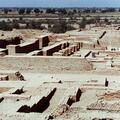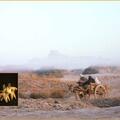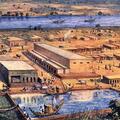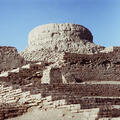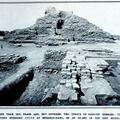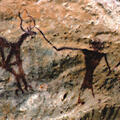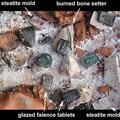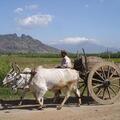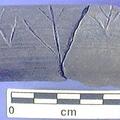Mohenjo-daro 50 Years Ago in 6 Images
Mohenjo-daro 50 Year Ago in 6 shots. A long view towards the Great Bath, the Great Bath, a narrow street, a street with a covered drain, a photographer at the site, and the Stupa Mound, all in 1962.
See also Urban Construction of Mohenjo-daro.

